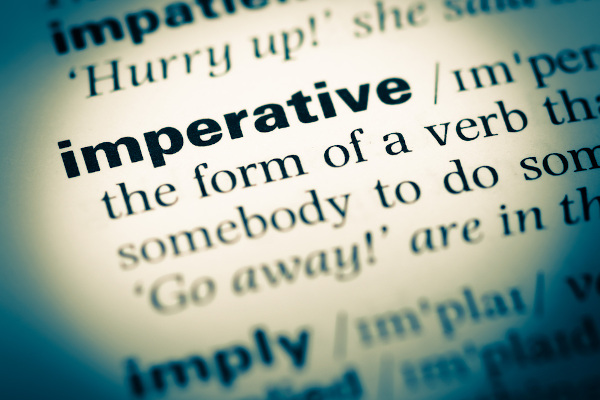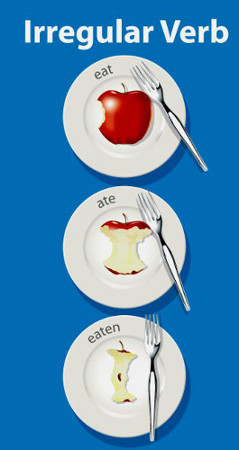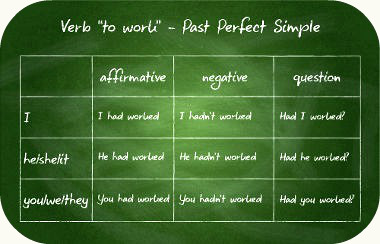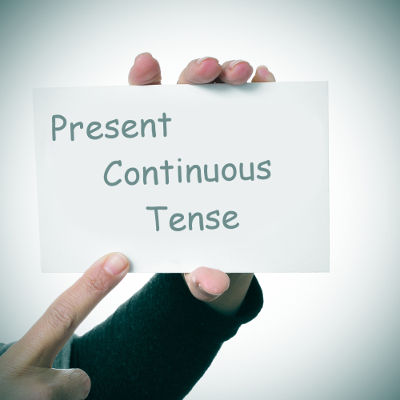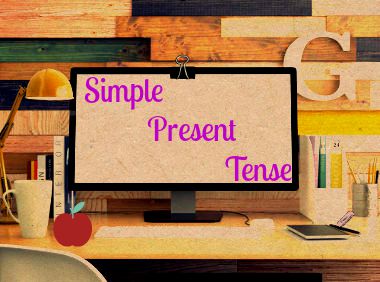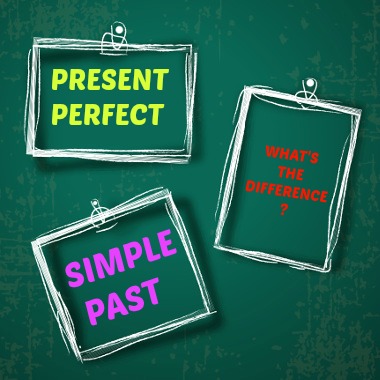We use the Present Perfect Continuous mainly to indicate that an action that was initiated in the past and continues to happen until now. Usually, the action has a limited duration and also some relevance. / Usamos o Presente Perfeito Contínuo principalmente para indicar que uma ação foi iniciada no passado e que continua acontecendo até agora. Geralmente, a ação tem um tempo limitado de duração.
We made the Present Perfect Continuous with three elements: the present simple of the verb “to have”(have/has), the past participle of the verb “to be” (been) and the present participle of the main verb (base+ing). / Formamos o Presente Perfeito Contínuo com três elementos: o presente do verbo “to have” (have/has), o particípio passado do verbo “to be” (been) e o particípio presente do verbo principal. Veja:
subject + the present simple of the verb to have + the past participle of the verb to be + present participle of the main verb (base+ing)
sujeito + presente do verbo “to have” have/has + o particípio passado do verbo “to be” been + particípio presente do verbo principal.
Example: / Exemplo:
I have been reading this book for two weeks.
(Eu estou lendo esse livro há duas semanas).
Subject: I
the present simple of the verb to have: have
the past participle of the verb to be: been
present participle of the main verb: reading
Others examples: / Outros exemplos:
I have been running. / Eu estive correndo.
She has been doing homework. / Ela esteve fazendo a tarefa de casa.
I have not been watching TV. / Eu não estive assistindo à TV.
It has been raining. / Esteve chovendo.
We use the Present Perfect Continuous in two situations: / Usamos o Presente Perfeito Contínuo em duas situaçãos:
1 – To talk about an action that have just finished and have some relevance to the present. / Para falarmos de uma ação que tenha acabado há pouco e que possua alguma relevância para o presente.
In sentences like these we usually use words like"lately" or "recently" to emphasizes that the time of the sentence is general, there isn't a specific time, as the examples above: / Nesse tipo de frase, geralmente usamos palavras como “lately” (ultimamente) e “recently” (recentemente) para enfatizar que o período da sentença é abrangente, e não específico, como nos exemplos abaixo:
Recently, I have been reading a really good book. / Recentemente, estive lendo um livro muito bom.
He has been playing video game a lot lately. / Ele vem jogando muito videogame recentemente.
My father has been feeling very sick. / Meu pai está se sentindo muito doente.
2 – To talk about actions that started in the past and continue in the present. / Para falarmos de ações que tenham começado no passado e continuam até o presente.
In this case, the Present Perfect Continuous shows us a situation that still happen now, as the examples above: Nesse caso, o Presente Perfeito Contínuo mostra-nos uma situação que continua acontecendo agora, como nos exemplos abaixo:
I have been talking with Carol for trhee hours. / Eu tenho conversado com a Carol há três horas.
Rony has been working at the College since last year. / Rony está trabalhando na Universidade desde o ano passado.
We have been waiting here for one hour! / Estamos esperando aqui há uma hora.
They have been singing since April. /Eles estão cantando desde abril.
Example of the Present Perfect Continuous in the Affirmative, Negative and Interrogative conjugation: verb “to love”. / Exemplo do Presente Perfeito Contínuo nas conjugações afirmativa, negativa e interrogativa do verbo “to love” (amar):
Affirmative
I have been loving
You have been loving
He, she, it has been loving
We have been loving
You have been loving
They have been loving
Negative
I haven't been loving
You haven't been loving
He hasn't been loving
We haven't been loving
You haven't been loving
They haven't been loving
Interrogative
Have I been loving?
Have you been loving?
Has she been loving?
Have we been loving?
Have you been loving?
Have they been loving?



